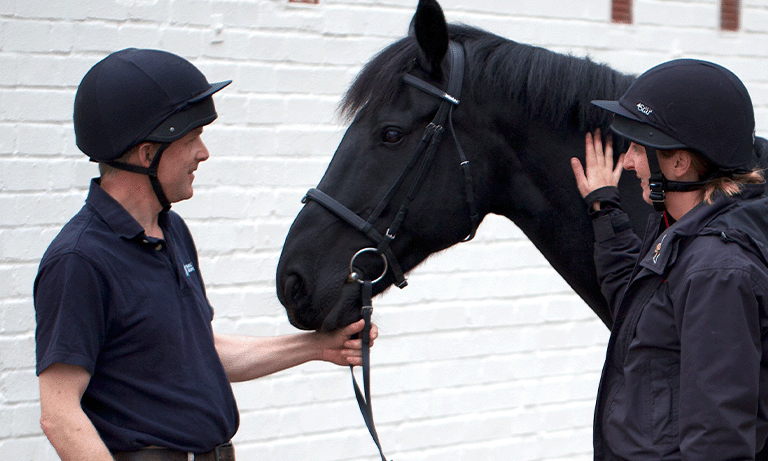Brucella canis: what vets need to know
14 Feb 2024
31 Mar 2022 | Malcolm Morley
Extra-mural studies (EMS) forms part of the foundation for a veterinary career. But, Malcolm Morley asks, how strong are the foundations of EMS itself?

BVA’s EMS working group is looking at EMS across the UK and asking, “what should EMS look like in the future?” We know that vet students overall remain positive about EMS and continue to see it as a key part of their veterinary education. However, there is a need to reconceptualise EMS given the significant societal and professional changes that have happened in the time the system has remained unchanged.
Our working group brings together experiences from across the profession, from students, recent graduates, employers, and academics. We are chaired by Professor Liz Mossop, a vet who is currently Deputy Vice-Chancellor for Student Development and Engagement at the University of Lincoln. She worked for several years in private veterinary practice before commencing her academic career. She has a master's degree and PhD in Clinical Education, and has expertise in innovative curriculum and assessment design, student engagement, workplace-based teaching and learning and the development of professionalism.
Pre-covid it was easy to feel that EMS was one of the solid foundations of veterinary education. Foundations built on the immense benevolence and goodwill of vets to provide first-hand experience to students, in the same way as it was provided to them. However, when lockdown hit it in early 2020, we found that vets (understandably) didn’t want any extra bodies coming into the practice and certainly not in their vehicles. Students, universities, and providers of EMS responded admirably to the shock of Covid in many different ways.
BVA played our part by providing online EMS through our Carpool Cases programme of online sessions. We worked with The Association of Veterinary Students (AVS), Farm Animal Veterinary Society (FAVS) and a wide group of speakers to discuss facts, clinical cases and scenarios, giving students the chance to join a conversation they were deprived of during the height of covid restrictions.
Covid has highlighted weaknesses, but it has also revealed a strength in our ability as a profession to respond decisively when we need to. That is a mindset we are bringing to our working group discussions.
When huge outside pressure was placed on the system, we saw that the foundations of EMS were shaky, but the goodwill and perseverance of our profession got us through to now. But, as we look deeper and further ahead, we see that those foundations are built on shifting sands rather than solid stone.
Firstly, there are now more vet students studying at more vet schools and needing more EMS placements. Numbers are set to increase further with the planned opening of additional vet schools. Second, we have seen newer vet schools move to a distributed model where clinical rotations are provided in partner practices as IMR. This, in itself, is reducing the availability of EMS places. Something must change because of those factors alone.
If we are going to take a step back and consider the future of EMS, it’s essential that we look at the whole system and the first meeting of the working group considered the scope and objectives of the group some key logistical issues with EMS provision. Why do we have EMS and what does it set out to achieve? Students, universities, and EMS providers all have quite different perspectives on what it entails, how it fits with the curriculum and the intended outcomes. There is certainly confusion about the contribution of EMS to the attainment of day one competences. Should vet schools provide all those competences or will some be gained through EMS?
As our working group continues to meet, these fundamental questions will be front of mind. It is important for us to hear the perspectives of everyone who has a stake in the delivery of EMS. If you have any thoughts, please email Michael McGilligan.
Get tailored news in your inbox and online, plus access to our journals, resources and support services, join the BVA.
Join Us Today